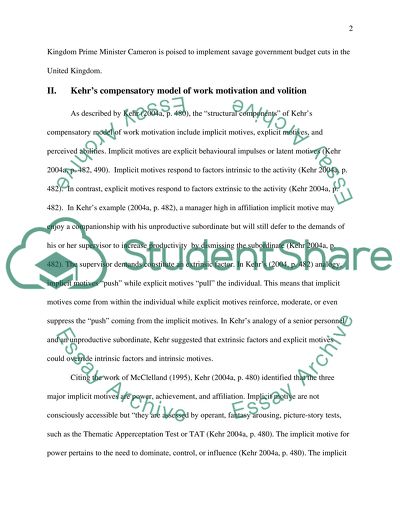Cite this document
(“To what extent are cuts to the public sector likely to affect employee Essay”, n.d.)
Retrieved from https://studentshare.org/environmental-studies/1405149-to-what-extent-are-cuts-to-the-public-sector
Retrieved from https://studentshare.org/environmental-studies/1405149-to-what-extent-are-cuts-to-the-public-sector
(To What Extent Are Cuts to the Public Sector Likely to Affect Employee Essay)
https://studentshare.org/environmental-studies/1405149-to-what-extent-are-cuts-to-the-public-sector.
https://studentshare.org/environmental-studies/1405149-to-what-extent-are-cuts-to-the-public-sector.
“To What Extent Are Cuts to the Public Sector Likely to Affect Employee Essay”, n.d. https://studentshare.org/environmental-studies/1405149-to-what-extent-are-cuts-to-the-public-sector.


